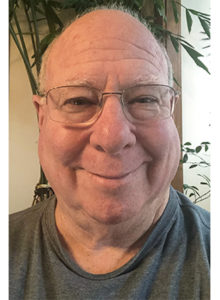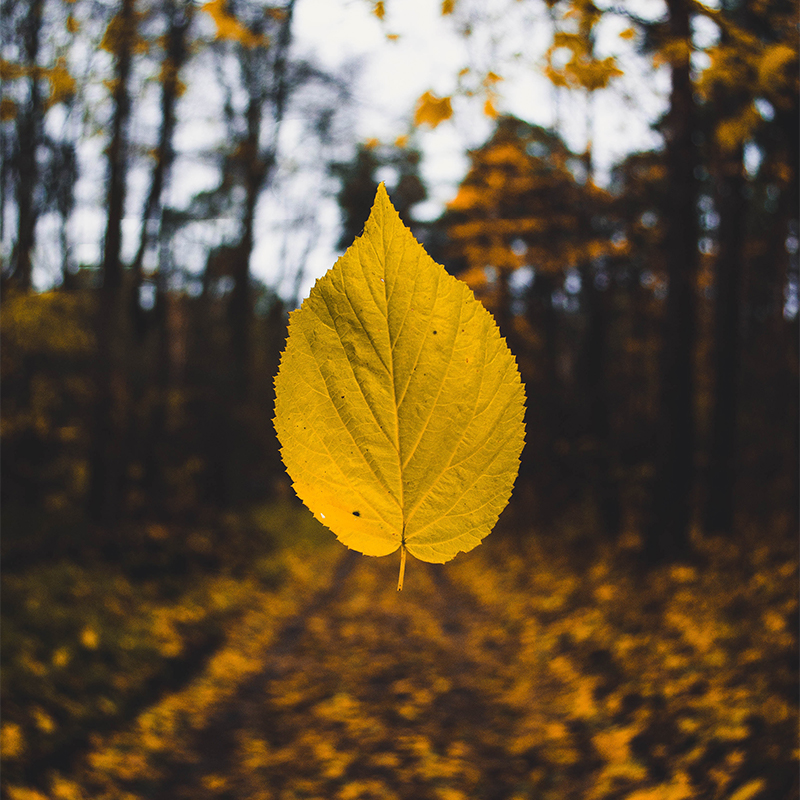I’ve been a pretty good athlete for most of my life. I played organized varsity level sports through college, and I’ve stayed active over the ensuing years. To this day, I remember specific amazing plays or passes or throws I made, and I can still feel my own immediate wonderment at how I ever did such things – wonderment because I did not think at all about doing them at the moment they happened. They just happened. It’s called being in a zone.
In his book The Five Invitations, Frank Ostaseski writes,“We’ve all had moments when we discovered solutions to our problems without needing to “figure them out.” We’ve said things like, “All of a sudden it became clear,” or “The answer just came to me,” or “There was no question in my mind what I had to do.” It is a quality of mind that senses what is needed without relying solely on rational processes.
This is noetics. Aging is inherently noetic, and the changes, both positive and negative, just happen without relying on rational processes.
As we age, our rhythms change and, not only do we have the opportunity to get closer to being the person we’d like to be, we have the opportunity to become better acquainted with our intuition. We can start to “know” what is really important.
Unless, of course, our natural tendency toward noetics as we age is blocked or hindered in some way or ways. Ageism is one of those ways, both cultural ageism and internalized ageism.
One link to understanding how aging is inherently noetic is understanding our new phase of life based upon our new longevity. Jo Ann Jenkins, CEO of AARP, in her book Disrupt Aging, noted that we have added more longevity to our species since the year 1900 than all of previous human civilization.
150 years ago, there was no such thing as adolescence – we were children until we were adults. Today, we are only now recognizing a phase of life that comes after adulthood. We don’t even have a word for this phase yet. To those of us who have gotten here, I say “We Survived Adulthood.”
This phase of aging, this phase of life, is inherently noetic.
Psychoanalyst Erik Erikson was particularly interested in the developmental challenges and opportunities that life presents to us at different stages of the life cycle. He wrote that, in midlife, people naturally become more concerned with ‘generativity’. As Rabbi Rachel Cowan and Dr. Linda Thal write, “At yet a later stage, according to Erikson, we will turn inward and gather up the life we have lived, make sense of its ups and downs, wrestle with existential questions, and strive to integrate all that we have learned and experienced. This effort to reach integration and equanimity is what Erikson considers wisdom.” This is an aspect of noetics.
One of the clearest indicators that aging is inherently noetic is the theory of gerotranscendence. As Dr. Bill Thomas notes, “Swedish gerontologist Lars Tornstam developed his theory of “Gerotranscendence” over a period of two decades. The core of the theory suggests that normal human aging includes a range of vital and commonly overlooked components. In brief…
- There is an increased feeling of affinity with past generations and a decreased interest in superfluous social interaction.
- There is also often a feeling of cosmic awareness, and a redefinition of time, space, life, and death.
- The individual becomes less self-occupied and at the same time more selective in the choice of social and other activities.
- The individual might also experience a decrease in interest in material things. Solitude becomes more attractive.”
To Erikson, Tornstam, Thomas, and others, it makes sense that in the third phase of life humans are naturally more tuned in to the larger rhythms of what is really important. In other words, aging is inherently noetic. This is born out by my personal experience facilitating IONS Conscious Aging Workshops for the past five years.
Whether at the local yoga center or at the township government senior center or at “old people’s homes” or even in a federal prison, I find older people are hungry to talk about our natural tendency toward a noetic understanding of life.
The Japanese aesthetic of wabi sabi is an appreciation of the beauty of impermanence – like the wooden banister in an aging house, stroked by thousands of hands over the years, wobbly, chipped, out of alignment, yet oh so beautiful. Teenagers strive for instant wabi sabi by buying already torn and ripped blue jeans, but they fall short. Wabi sabi takes time, just like reaching our noetic phase of life takes time.
Check out the free IONS webinar “A Taste of Conscious Aging” on Thursday, October 3rd, and then register for the next online IONS Conscious Aging Workshop starting Thursday, October 17th.
About the Author
 Marc Blesoff
Marc Blesoff
I used to know everything and trust nothing. Now, I know nothing and I have glimpsed trust. I used to believe in coincidence, but I don’t anymore. For over 30 years I was a criminal defense attorney. Then a mediator. Five years ago, I began facilitating the IONS Conscious Aging Workshops program. I haven’t stopped. It has helped me melt the armor that I built up in my previous careers. It has helped me get closer to being the person I’d like to be. And it has helped me get a clue about who that person is.
